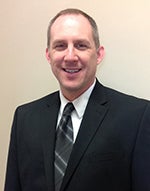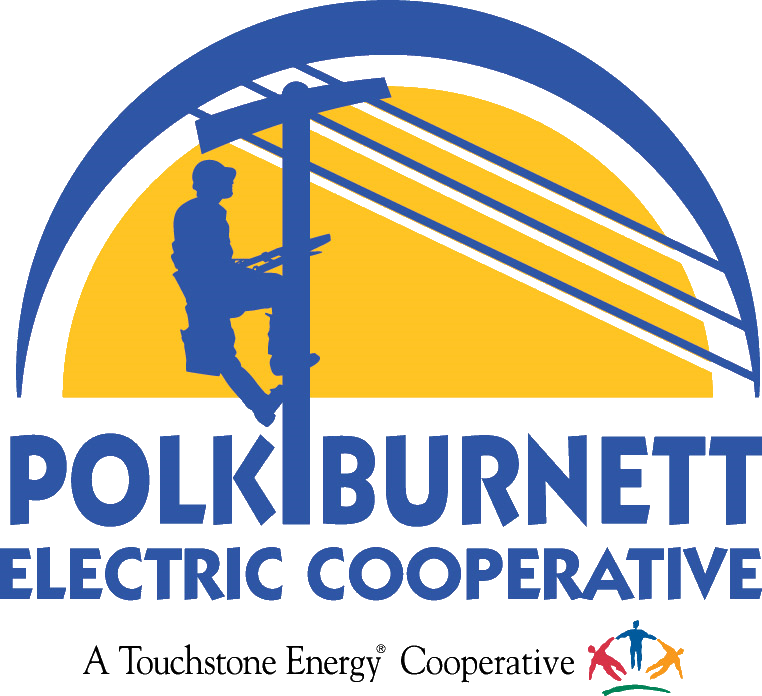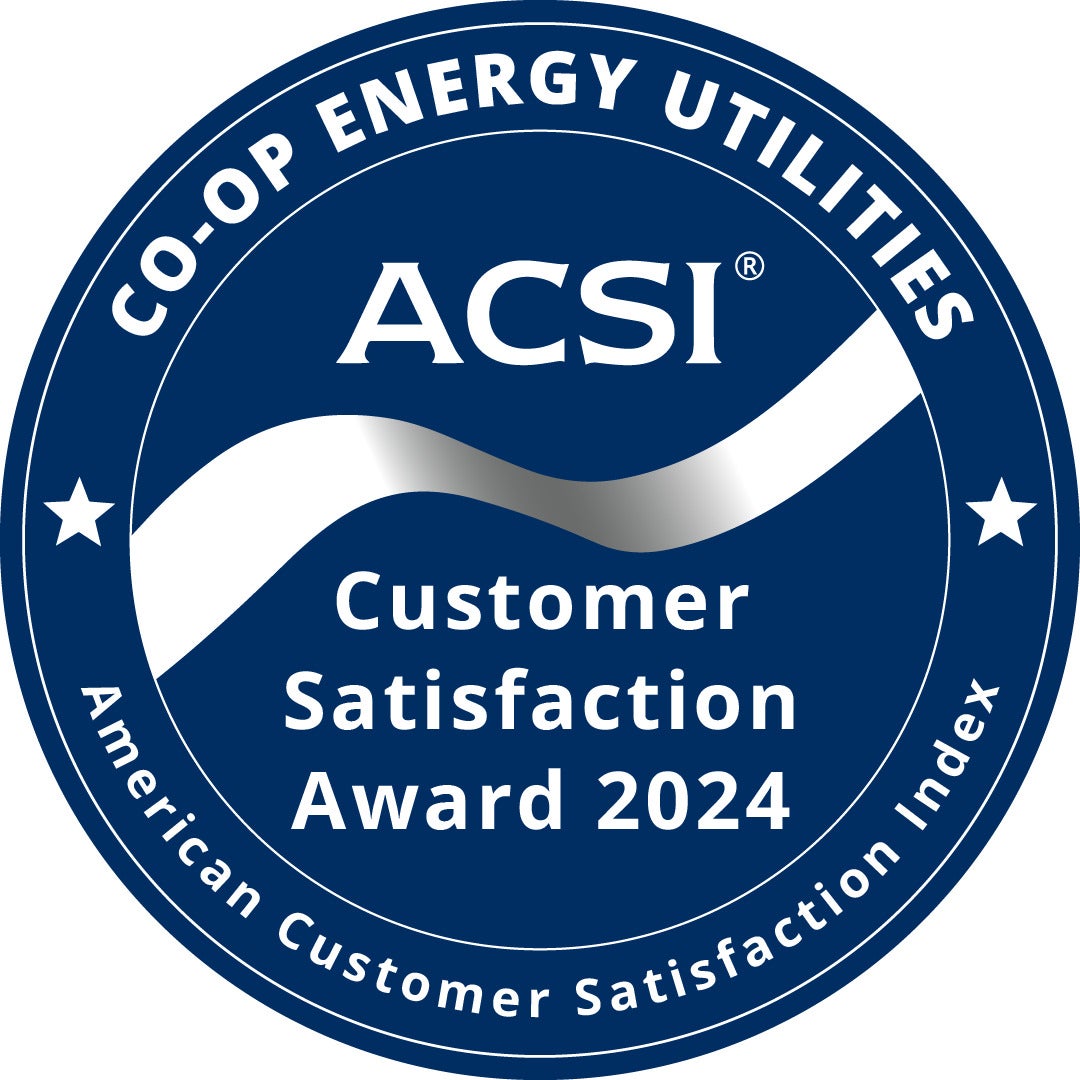 by General Manager Steve Stroshane
by General Manager Steve Stroshane
We know you expect reliable electricity from your electric co-op. When you need electricity to charge your phone or light up your kitchen, it’s available with the flip of a switch. Behind the scenes, a network of people anticipated that you would need electricity and planned to provide it before you even used it. So how do you always receive the exact amount of electricity you need every minute of every day, from the coldest winter morning to the dog days of summer? This month, I'd like to share how we work to deliver on that promise with MISO and Dairyland Power Cooperative, our La Crosse-based power provider.
Electricity traffic managers and the energy market
We’re all connected to the electric grid. Electricity is delivered to our homes and businesses through a complex network of electric generation sources and thousands of miles of electrical lines that power our lives.
Electricity is generated at power plants using traditional sources, like coal and natural gas, or renewable sources, like solar, wind and hydropower.
In most parts of the country, regional transmission organizations and independent system operators coordinate the amount of electricity that’s generated and how much is sent to where it is needed. They are like energy traffic managers who forecast when you, your neighbors and our entire community will need more power. Then, they take steps to ensure there’s enough to meet our communities’ needs. This whole process is managed through an electricity market, where electricity is bought and sold like other common goods and services.
Electricity demand varies throughout the day. For example, we need more electricity in the mornings, when you’re starting your day and in the evenings, when you’re cooking dinner, running appliances and watching TV. Because the supply and demand of electricity constantly changes, the challenge is to plan for and purchase enough electricity to be available at every minute of every day.
Polk-Burnett, Dairyland and MISO
Polk-Burnett is one of 24 electric cooperatives that are members of Dairyland Power Cooperative. We have an agreement to purchase power from Dairyland on behalf of our members. Dairyland is a generation and transmission cooperative (G&T), which means it generates and acquires the power needed by member co-ops and transmits electricity to our local substations. We take it from there and distribute it to you, our members.
Dairyland is a member of MISO (Midcontinent Independent System Operator), an independent, not-for-profit organization responsible for operating the power grid across 15 states (including Wisconsin) and Manitoba, Canada. In addition to managing the power grid in our region, MISO administers the buying and selling of electricity. The price for electricity changes throughout the day, depending on supply and demand.
Beat the Peak
Throughout the day, energy use fluctuates based on consumer demand. These times when people use more electricity at the same time are called peak hours. Because demand for electricity is higher during peak hours, the cost is also higher.
Peak demand most often occurs from 2 to 6 p.m. on the hottest days of summer and from 5 to 8 p.m. the coldest days of winter.
When you shift your energy use to hours when demand is lower, you can help lower demand and costs. Here are easy ways to help:
1. Lower your thermostat a few degrees in winter and raise in summer.
2. Wash full loads of clothes in cold water during non-peak hours.
3. Run the dishwasher during nonpeak hours, and air dry instead of using heated dry cycle.
4. Shut off lights and electronics.
5. Use microwave and small cooking appliances instead of oven.
6. Avoid watering outside and running your well during peak times.
7. Seal air leaks. Caulk around doors, windows and wherever pipes and wires enter the house.
Every little bit helps. When we all do our part to conserve energy, we can save money and our whole community benefits by putting less pressure on the electric grid. Reducing power generation also cuts carbon and is good for the planet. Contact us for more ways to save. Thank you!
What happens if supply can't keep up with demand?
If there is an imbalance in the system and the supply of energy can't keep up with the demand, this could lead to rolling power interruptions or a blackout. We all remember when the Texas power grid could not meet demand, and prices soared during extreme cold and storms last winter. Unlike Texas, our Midwest electric grid is interconnected, winterized and balanced with generation sources that include natural gas, coal and renewables, which results in greater stability.
When the regional grid experiences peak demand and a higher power cost, we relieve some of the pressure by controlling electric A/C, heat, water heaters and irrigation for members in our load management program. We also send Beat the Peak alerts to enrolled members, asking you to voluntarily conserve electricity. (You can enroll here.) Peak alerts are also posted on our website and Facebook page. In the event of a critical shortage of electricity, we would initiate our Emergency Load Reduction Plan, where we would ask all members to shut down non-essential equipment and warn that rolling outages or blackouts may be possible.
In the event of any outage, we are here for you. Our goal is to restore power quickly and keep you informed. Our mission to provide you with safe, reliable electricity is at the forefront of all we do. Part of our efforts to improve reliability and service in 2022 is an investment of almost $6 million for our electric grid and meter upgrade. I invite you to read more about this project.

